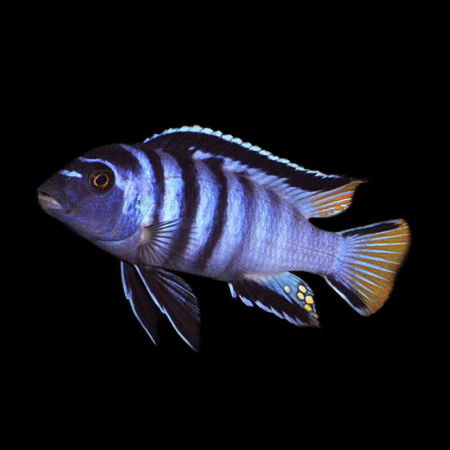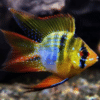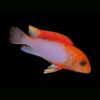To provide the best experiences, we use technologies like cookies to store and/or access device information. Consenting to these technologies will allow us to process data such as browsing behaviour or unique IDs on this site. Not consenting or withdrawing consent, may adversely affect certain features and functions.
The technical storage or access is strictly necessary for the legitimate purpose of enabling the use of a specific service explicitly requested by the subscriber or user, or for the sole purpose of carrying out the transmission of a communication over an electronic communications network.
The technical storage or access is necessary for the legitimate purpose of storing preferences that are not requested by the subscriber or user.
The technical storage or access that is used exclusively for statistical purposes.
The technical storage or access that is used exclusively for anonymous statistical purposes. Without a subpoena, voluntary compliance on the part of your Internet Service Provider, or additional records from a third party, information stored or retrieved for this purpose alone cannot usually be used to identify you.
The technical storage or access is required to create user profiles to send advertising, or to track the user on a website or across several websites for similar marketing purposes.
















Emily Carter (verified owner) –
I’ve been an aquarium enthusiast for over five years, and the White Tail Acei Cichlid has truly captured my heart! I added two of these beautiful Mbuna Cichlids to my 75-gallon Lake Malawi setup about two months ago, and they have transformed the environment. Their vibrant colors and unique personalities bring so much life to the tank.
These cichlids are active swimmers and enjoy exploring the rocks and plants, which I highly recommend providing to mimic their natural habitat. In comparison to other Mbuna species I’ve kept, the Acei are notably less aggressive, which has made for a harmonious community tank. My other fish seem to appreciate their presence too!
One minor concern is that they can be a bit shy initially, so I suggest having some hiding spots ready while they acclimate. But once settled, they are delightful to watch, especially during feeding time when their playful nature shines.
I wholeheartedly recommend the White Tail Acei to fellow aquarists looking to enhance their Lake Malawi cichlid collection. These fish not only thrive but also bring such joy to the aquarium experience!